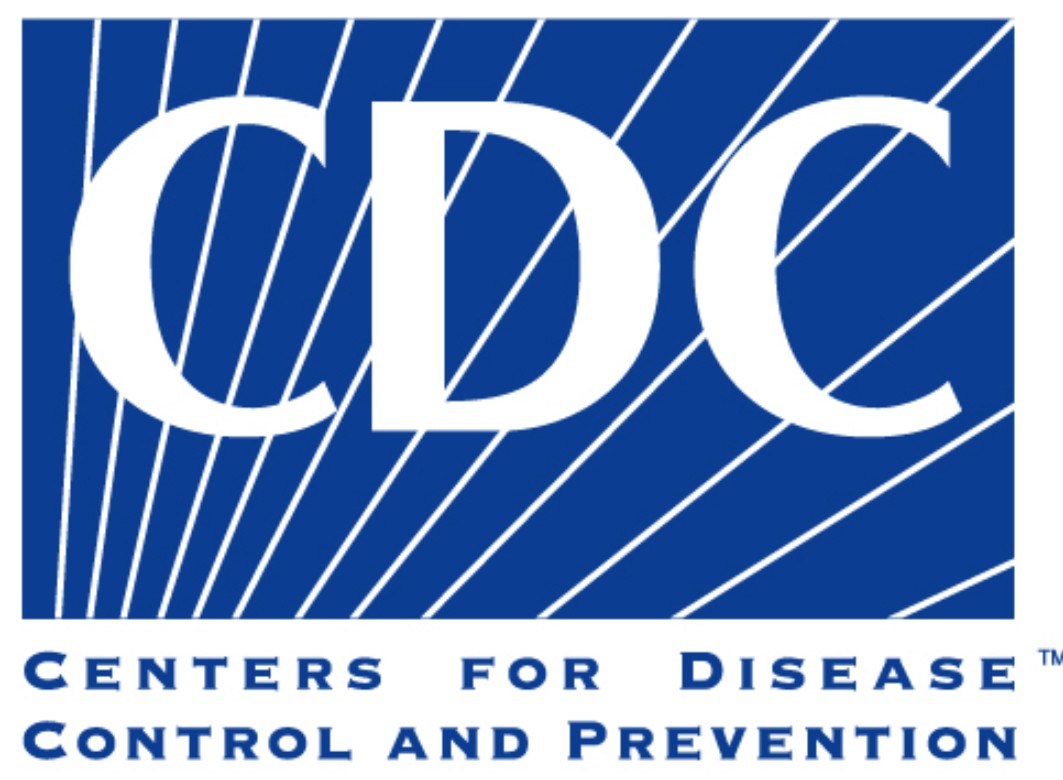Mpox Job Aids
CAPTC is pleased to announce two new job aids, focused on mpox recognition, diagnosis, testing, treatment, and vaccination.
The shorter job aid is called “Mpox Clinical Recognition and Testing Quicksheet: Mpox Presentations vs. Common Exanthems.” It is intended as a print resource, to help facilitate clinical recognition of mpox in health care settings. The longer job aid, “Mpox Clinical Recognition and Testing Overview,” is intended as an electronic resource. It has links to a number of helpful mpox-related resources.
You can find the sources of images used in the quicksheet here:





